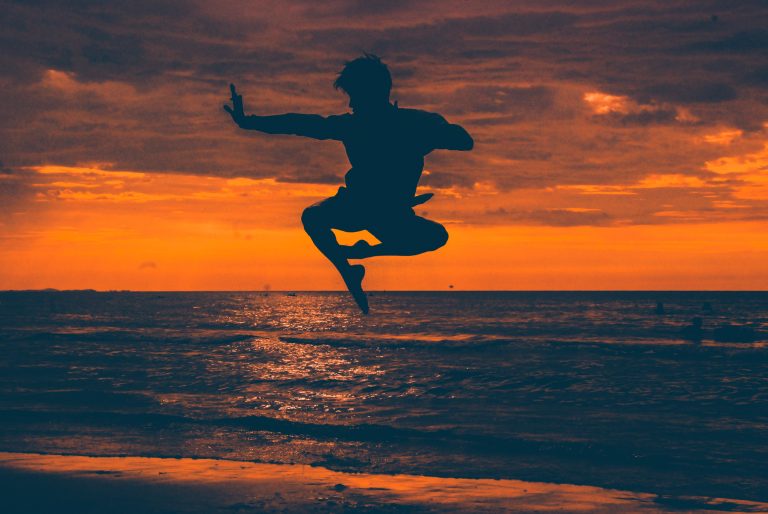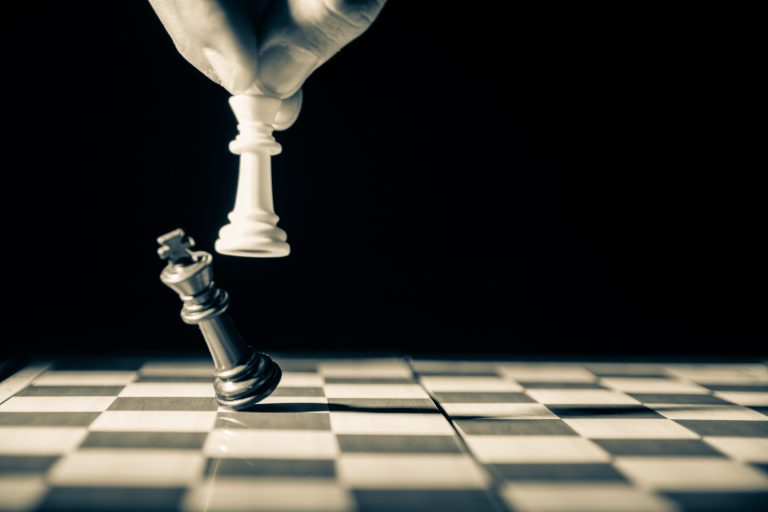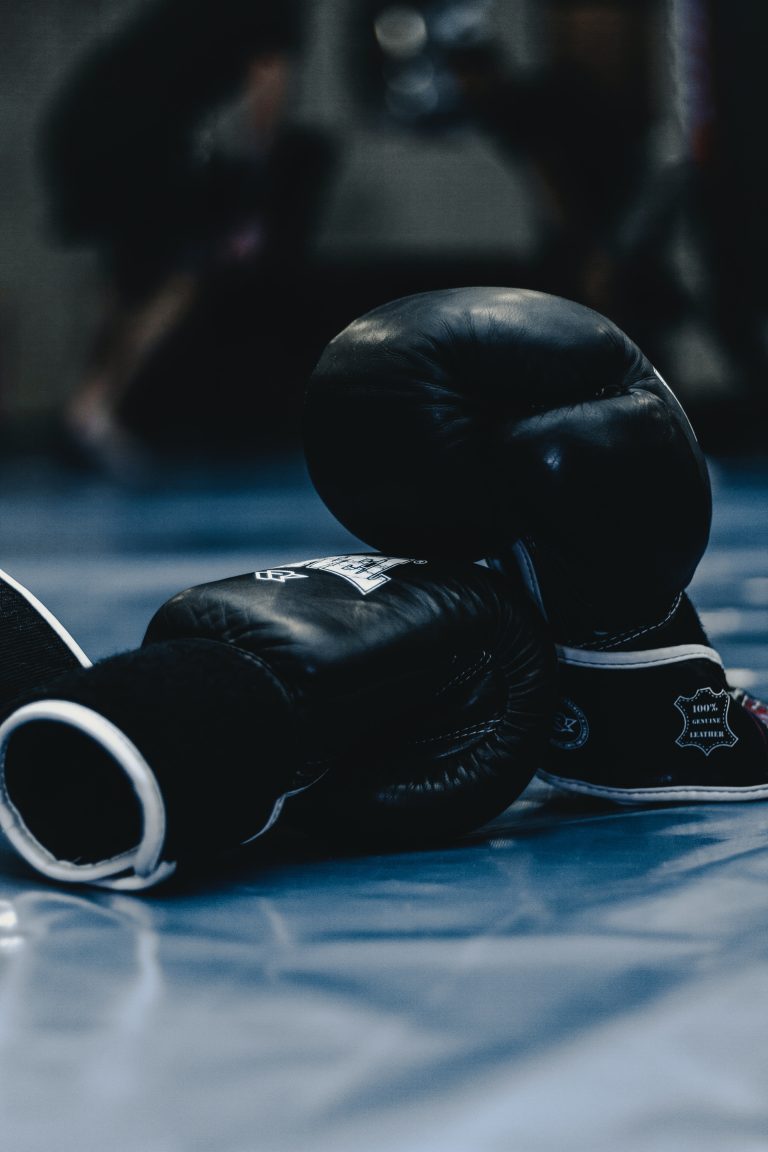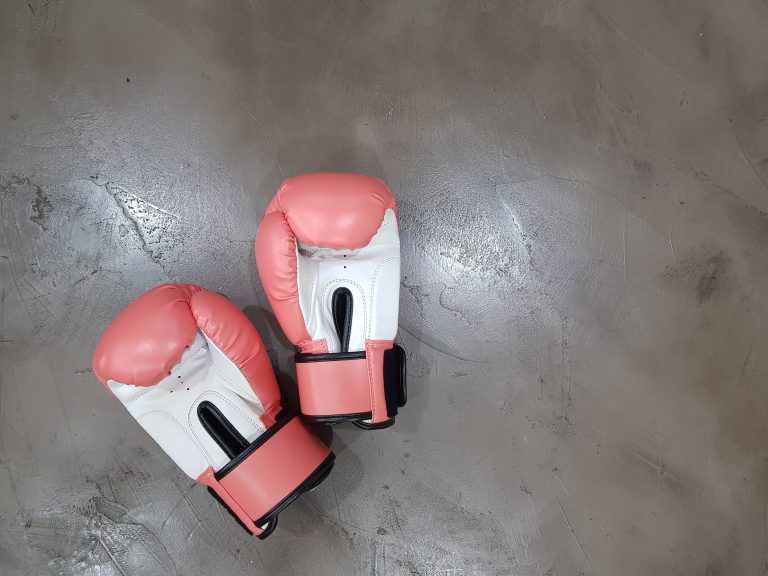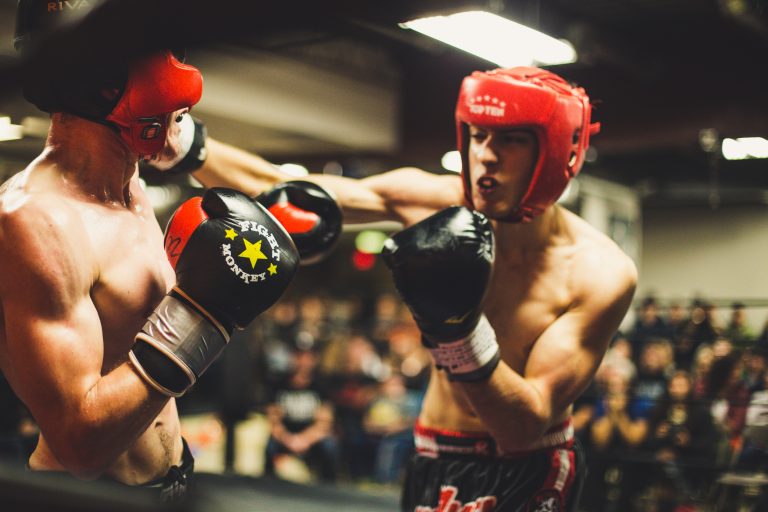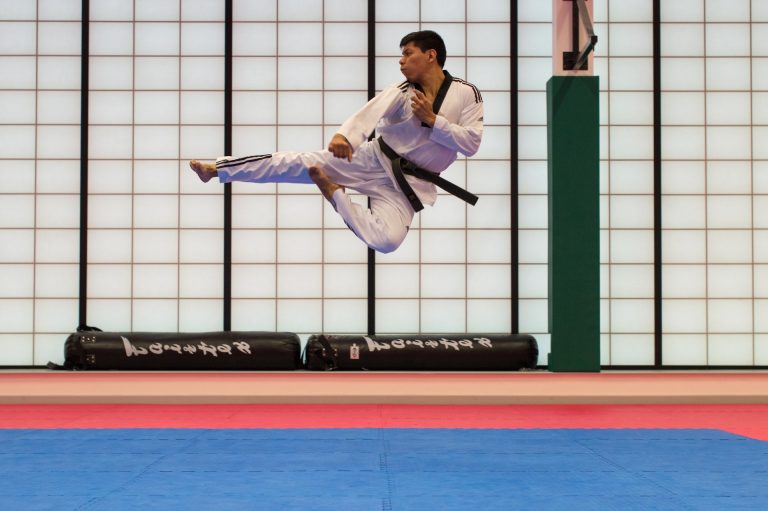How Has Karate Changed Over Time?
Karate has a rich history that dates back to the Ryukyu Kingdom in Okinawa, Japan, where it was initially developed as a form of self-defense. Over the years, karate has evolved and spread throughout the world, undergoing significant changes that have shaped its growth and development.
In this blog post, we will explore how karate has changed over time and examine the factors that have led to those changes.
The Early Years
Karate’s origins can be traced back to the three main Ryukyu Kingdoms – Nanzan, Chūzan, and Hokuzan, which are now present-day Okinawa. The martial art was initially developed as a form of self-defense against ruthless pirates, who were a constant threat to the island.
Karate initially consisted of simple movements and techniques aimed at disabling or subduing attackers without causing grave injury. Techniques were handed down from one generation to the next through oral tradition, and secrecy surrounded the art.
The Influence of China and Japan
In the late 19th century, Okinawa was annexed by Japan, and karate underwent significant changes as a result of the integration of Chinese martial arts. Japanese masters began to develop new training methods, and karate was gradually transformed into a more formalized discipline.
Gichin Funakoshi, known as the „father of modern karate,“ was instrumental in promoting the art of karate in Japan and sparking its global popularity. He created the Shotokan style of karate, which is still one of the most widely practiced styles today.
The Emergence of Sport Karate
In the 1960s, karate became a more formal sport, with standardized rules, weight classes, and scoring systems. This led to the development of sport karate, which emphasizes competition and tournament sparring.
Sport karate has become a popular form of entertainment, with professional leagues and televised events. However, some traditionalists decry the focus on winning at the expense of martial arts‘ original purpose of self-defense and self-discipline.
The Influence of Mixed Martial Arts
In more recent years, the rise of mixed martial arts (MMA) has had a significant impact on karate. MMA fighters began incorporating karate techniques into their training, and this has led to renewed interest in traditional karate amongst MMA fans.
MMA has also highlighted the importance of realistic training to prepare for real-world self-defense situations, leading to a renewed focus on karate’s practical applications and its relevance in modern society.
The Future of Karate
Today, karate has become a global phenomenon, with millions of practitioners worldwide. Despite its popularity, karate continues to evolve and face challenges.
The International Olympic Committee has included karate in the upcoming 2021 Summer Olympics in Tokyo, which represents an exciting opportunity for the martial art to gain even more followers and exposure. Still, some traditionalists worry that this could lead to further dilution of the art’s original essence.
In conclusion, karate has undergone significant changes over time, from its simple roots as a form of self-defense to a formalized martial art with standardized rules and techniques. As the world continues to change, karate will undoubtedly continue to evolve and adapt to new challenges and opportunities.
How has Karate Changed Over Time: Frequently Asked Questions
Karate is a martial art that originated in Okinawa, Japan. Over the years, it has gained popularity all over the world, attracting people of all ages and genders. Karate has evolved tremendously over time, transforming from its traditional form to the modern-day sport that we know today. In this article, we will be answering some of the most frequently asked questions about how karate has changed over time.
Q: What is the history of karate?
Karate has its roots in the ancient martial art called „te,“ which originated in Okinawa, Japan. „Te“ was practiced by Okinawan peasants in secret, as the ruling class did not allow them to possess any weapons. Over time, „te“ evolved into karate, which includes various moves, techniques, and forms. Karate was refined and became popular in Japan after the Okinawan masters demonstrated their skills to the Japanese government.
Q: How has the training of karate changed over time?
The training of karate has evolved significantly over time. In the past, karate training was more focused on the development of physical strength and conditioning. It included various exercises such as running, weightlifting, and calisthenics. However, in recent years, karate training has become more specialized, with a greater emphasis on technique and form. Moreover, karate training has also become safer, with the development of protective gear such as gloves and shin guards.
Q: How has the role of kata changed?
Kata is a series of pre-arranged movements and techniques that are practiced in karate. In the past, kata was considered to be the most important aspect of karate training, as it was believed that it helped in the development of internal power and spiritual growth. However, in recent years, the importance of kata has reduced, with more focus on fighting techniques and sparring.
Q: How has the scoring system in karate changed over time?
The scoring system in karate has undergone many changes over time. In the past, karate competitions were judged based on the number of techniques that were executed. However, in recent years, the scoring system has become more complex, with a greater emphasis on technique, strategy, and control. The current scoring system used in karate competitions is based on the number of accurate punches, kicks, and strikes delivered, as well as the level of control displayed by the competitor.
Q: Has the purpose of karate changed over time?
The purpose of karate has changed over time. In the past, karate was primarily used for self-defense. However, with the growing popularity of karate as a sport, its purpose has expanded to include physical fitness and competition. Karate is now widely recognized as a form of exercise that can help individuals develop physical strength, flexibility, and balance.
Q: What impact has modern technology had on karate?
Modern technology has had a significant impact on karate, particularly in training and competition. Video analysis, for example, has become an essential tool for coaches and competitors to analyze techniques and identify areas of improvement. Additionally, training equipment, such as punching bags and sparring gear, has become more advanced, allowing for more specialized training.
In conclusion, karate has evolved tremendously over time, transforming from its traditional form to the modern-day sport that we know today. The changes that have occurred in karate have made it more accessible and enjoyable for individuals of all ages and backgrounds, while still retaining its core principles of discipline, respect, and self-defense.
How Karate has Changed Over Time: A Comprehensive Guide
Introduction
Karate is a martial art that originated in Okinawa, Japan, in the early 20th century. Since then, its popularity has grown worldwide, with millions of people practicing Karate at various levels of expertise. Over the years, Karate has gone through a lot of changes, both in terms of its techniques and popularity. In this guide, we’ll take a closer look at how Karate has changed over time, and what these changes mean for practitioners of the sport.
The Origins of Karate
Before we dive into how Karate has changed, it’s worth taking a moment to understand its origins. Karate is a combination of the indigenous martial arts of Okinawa and the martial arts of China. When Japan annexed Okinawa in 1879, the practice of martial arts was banned. As a result, many Okinawan masters began teaching Karate in secret. It wasn’t until the 1920s that Karate was introduced to the Japanese public.
The Development of Different Karate Styles
One of the biggest changes to Karate over time has been the development of different styles. In the early days, there were only a few styles of Karate, each named after its originator. These styles included Shotokan, Goju-ryu, and Shito-ryu. However, as Karate grew in popularity and more people began practicing it, new styles emerged. Today, there are dozens of different styles of Karate, each with its unique techniques and philosophies.
Changes in Karate Techniques
Another significant change in Karate over time has been the evolution of its techniques. In the early days, Karate was primarily a striking art, with punches, kicks, and elbow strikes forming the bulk of its techniques. However, over time, practitioners began incorporating other techniques such as locks, throws, and joint manipulation. These new techniques gave Karate a more comprehensive approach to self-defense and made it more effective in real-world situations.
Karate in Popular Culture
Karate’s popularity has also been influenced by its appearance in movies, television shows, and other media. Early Karate movies such as “Enter the Dragon” starring Bruce Lee, helped to popularize the sport in the West. In more recent times, movies such as “The Karate Kid” and its subsequent sequels have helped to introduce Karate to a new generation of practitioners. Today, Karate can be seen in video games, comic books, and even professional wrestling.
The Introduction of Competitive Karate
Perhaps the most significant change in Karate over the years has been the introduction of competitive Karate. Whereas Karate was once primarily a self-defense art, today, it is a renowned competitive sport with its own set of rules and regulations. The first Karate World Championship tournament was held in Tokyo in 1970, and since then, Karate has become a recognized Olympic sport.
Conclusion
In conclusion, Karate has undergone many changes over the years, both in terms of its techniques and popularity. However, despite these changes, Karate remains one of the most popular martial arts in the world, with millions of people practicing it every day. Whether you’re a beginner or an experienced practitioner, understanding the history of Karate can give you a greater appreciation for the art and help you reach your full potential as a martial artist.
Inhaltsverzeichnis

